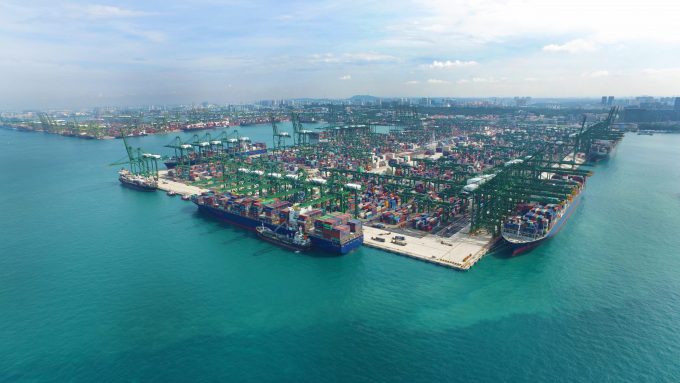End of de minimis will bring turbulence for airfreight shippers and forwarders
Shippers and forwarders with long-term commitments for transpacific aircraft capacity could find themselves in a ...

Port infrastructures are finite resources that, when used at their limits, become easily disrupted. Recently, at the US west coast ports of Long Beach, Los Angeles and Oakland, vessel waiting times reached extraordinary levels, with some of the largest ships waiting nearly three weeks to ...
CMA CGM South Korean staff strike over bonuses after bumper 2024 profit
'Another painful headache for shippers' as Asia-N Europe rate rally ends
Amazon Air Cargo partners-up for new transpacific route into the US
MSC switches two more Asia-Europe port calls from congested Antwerp
Ports and supply chain operators weigh in on funding for CPB
Nightmare for Bangladeshi exporters as congestion and tariffs bite
CMA airline returns two freighters, while ANA takeover of NCA looms
Carriers introduce surcharges as congestion builds at African ports

Comment on this article